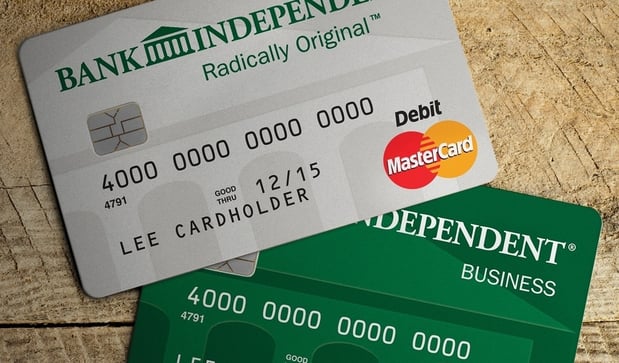
Debit cards offer the convenience of credit cards without the risk of getting in over your head through overspending. But while financial institutions like Bank Independent have security measures in place, debit cards aren’t immune to fraud.
Here’s how identity thieves try to steal your information and how you can help stop them.
Common debit card fraud techniques
Thieves might attempt to steal your information through the following methods:
Skimming
This involves a device that takes data from your card’s magnetic strip. Thieves may attach skimmers to ATMs or other card readers to access information as you withdraw cash or make purchases. The stolen data then gets transferred to a counterfeit card that can be used to make purchases and bank transactions under your name.
Hacking
If you shop or bank over open WiFi networks in public spaces, your transaction may not be private. Hackers may use a keylogger — a piece of software that records keystrokes — to steal your debit card information.
Phishing
Cyberthieves sometimes send phony emails that appear to come from your bank or a familiar business referencing a problem with your debit card account. The email instructs you to click on embedded links and type in your information to resolve the issue, but this is just a scam to steal your data.
Spying
It’s not very high-tech, but old-fashioned spying is still a common type of debit card fraud. As you take out your card at a store or ATM, the thief may have a camera set up nearby or may even be physically lurking behind you to read your account number and watch you enter your PIN.
Safe debit card practices
You’ve got the power to outsmart criminals by following these tips:
● Inspect ATMs and card readers. Don’t use ATMs or card readers that look dirty or show signs of tampering such as glue, scratches or loose debris. Additionally, cut off transactions on machines displaying odd instructions, such as “Enter your PIN twice.”
● Opt for chip cards and readers. Chip technology isn’t vulnerable to skimmers and will be widely available in the next few months, including Bank Independent debit cards.
● Beware of public WiFi. Stick with secure, private home networks for sensitive transactions, and if you must shop or bank online in public, consider downloading a virtual private network (VPN).
● Use only secure websites. These can be identified by web addresses beginning with “https” and a closed padlock icon in the address bar.
● Cover your card and PIN. Don’t hold your card out where anyone might read it, and when typing your PIN, use your other hand to block what you’re doing.
● Don’t respond to hackers. Never click on links or reveal personal information in response to suspect emails.
● Monitor accounts. Review statements for signs of fraud, and sign up for text or email alerts to inform you of activity on your account.
If, despite precautions, your card is still hacked, notify your financial institution right away, and file a report with the Federal Trade Commission to help prevent future crimes.
Roberta Pescow, NerdWallet
© 2015 NerdWallet, Inc. All Rights Reserved
